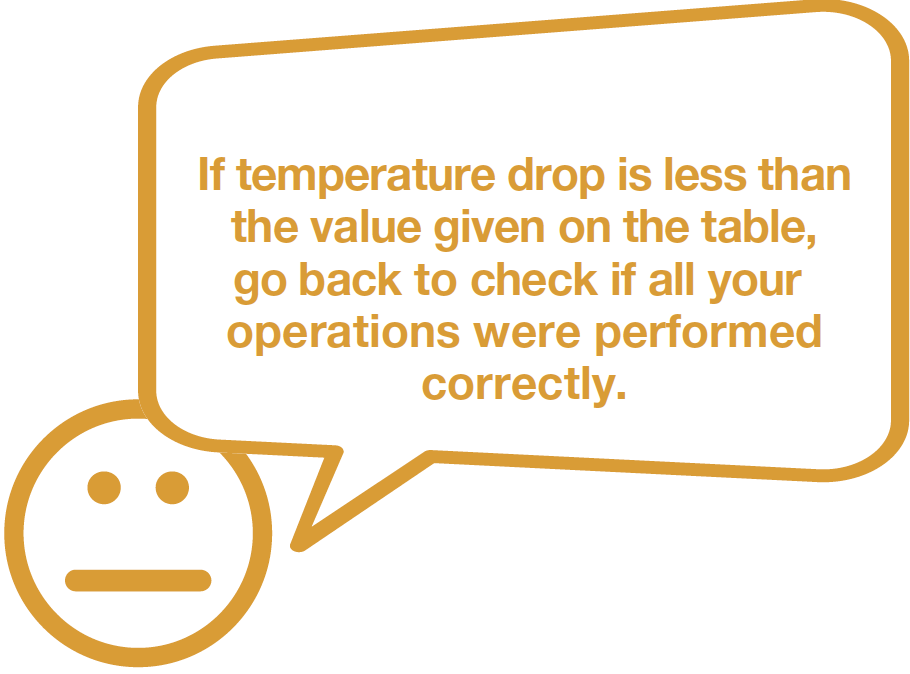

CHECK AND TEST 1
Step 1
Power on the appliance, measure voltage
between phases of compressor with a
multimeter.
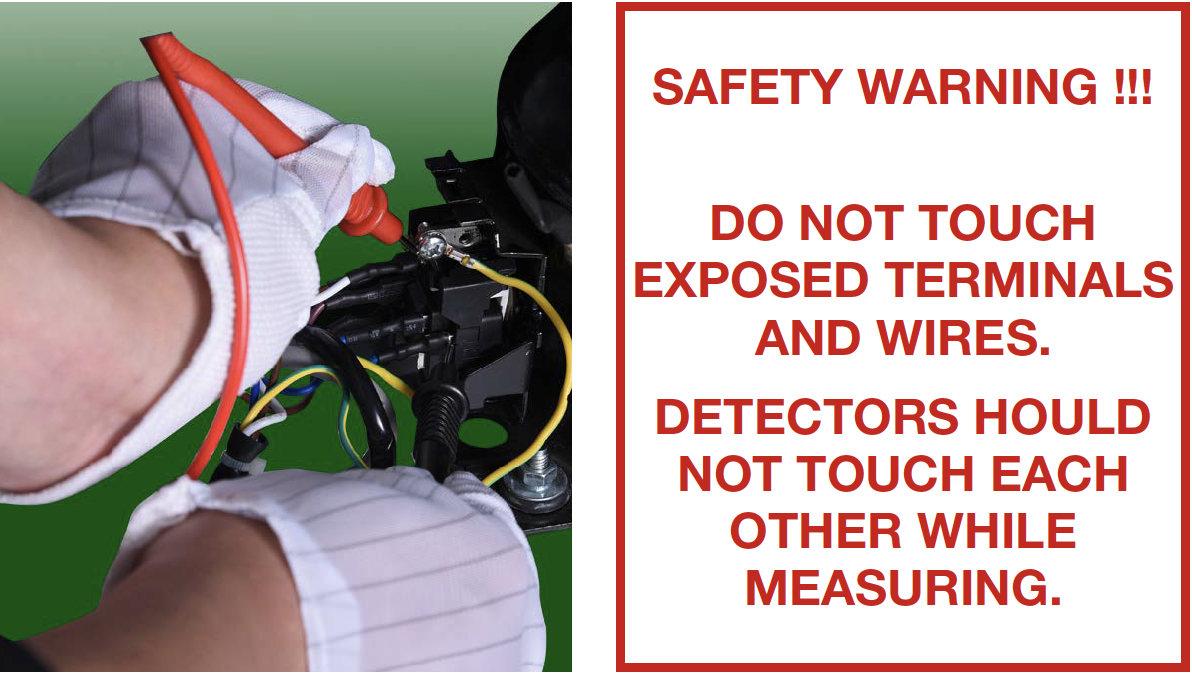
Step 2
Take note of measured value.
Note
Voltage between any
two phases should be
the same (100V~200V).
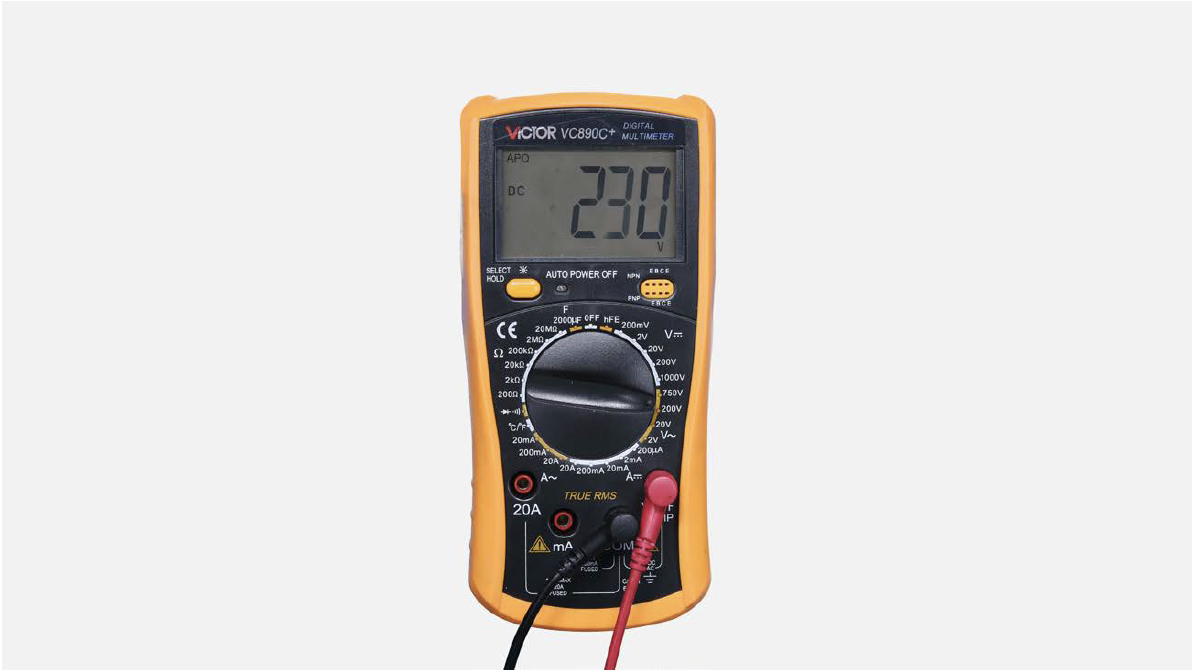
Step 3
Put hand onto compressor for a few minutes to feel if compressor is jammed or not.
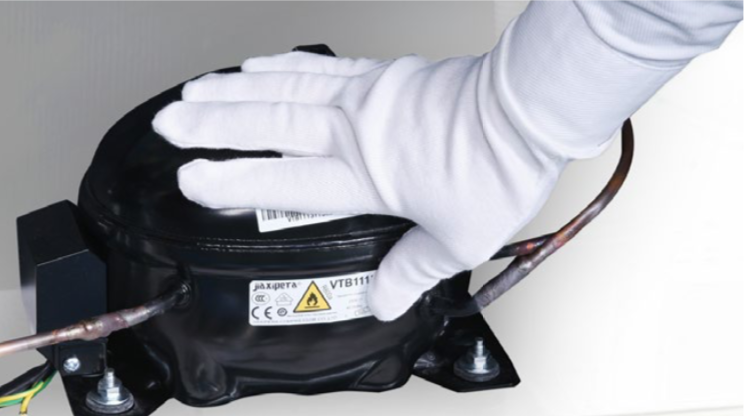

DIAGNOSIS 1
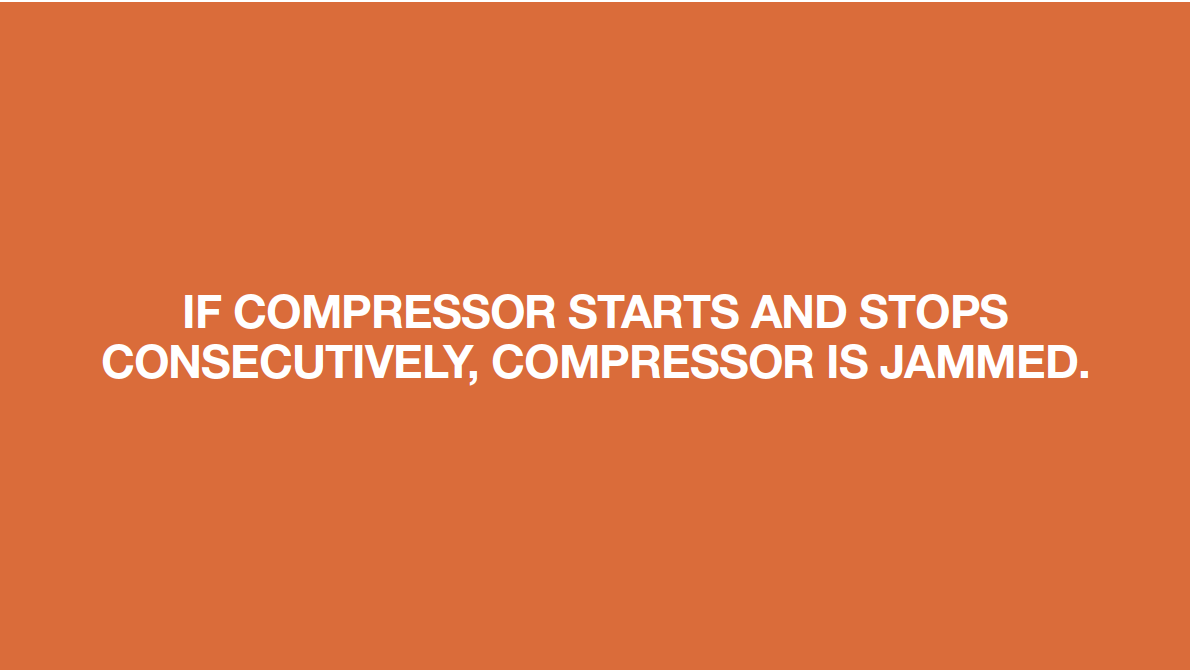
CHECK AND TEST 2
Step 1
Cut off capillary to discharge refrigerant.
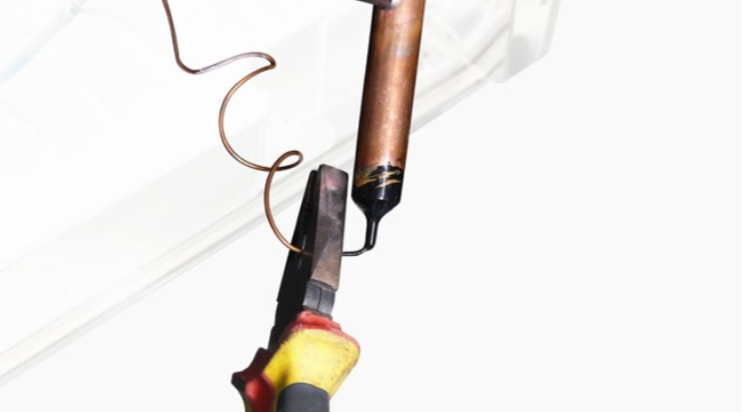
Step 2
Cut off exhaust pipe and suction pipe
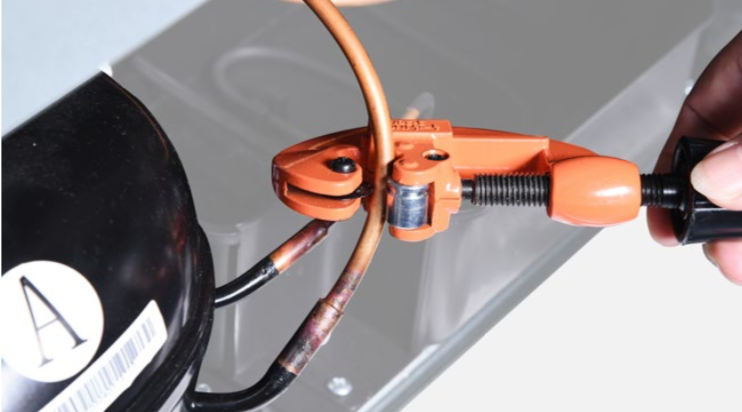
Step 3
Power on the compressor and test
exhaust pressure coming from exhaust pipe with a piece of paper.
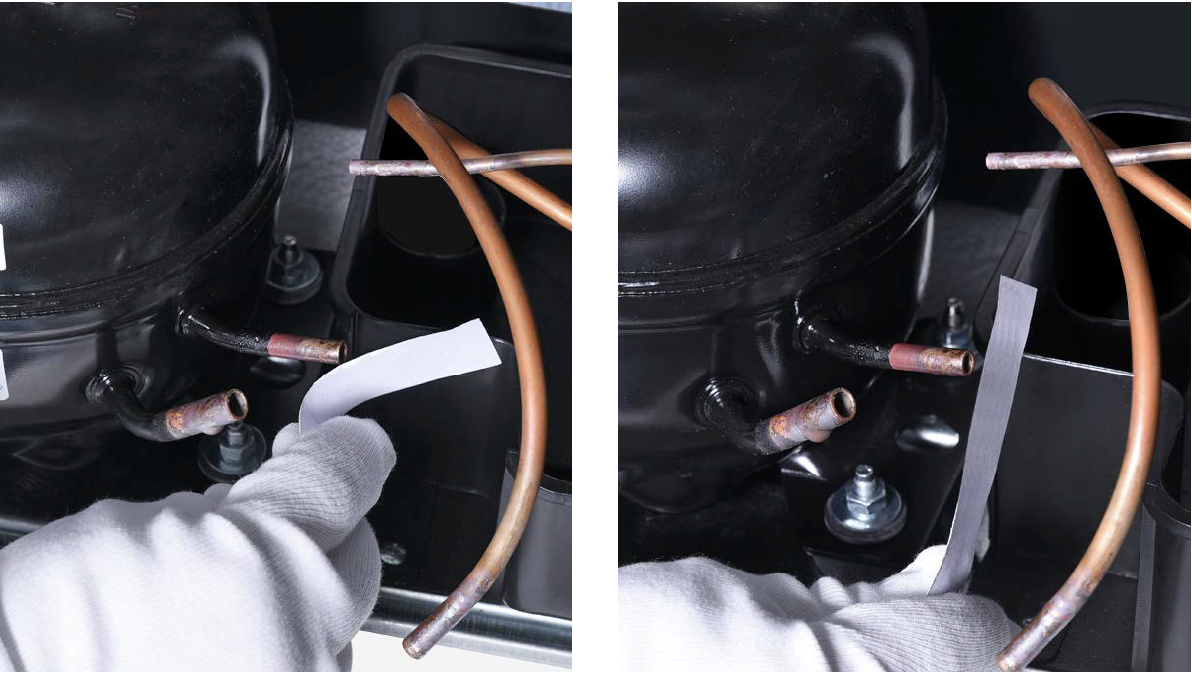

DIAGNOSIS 2
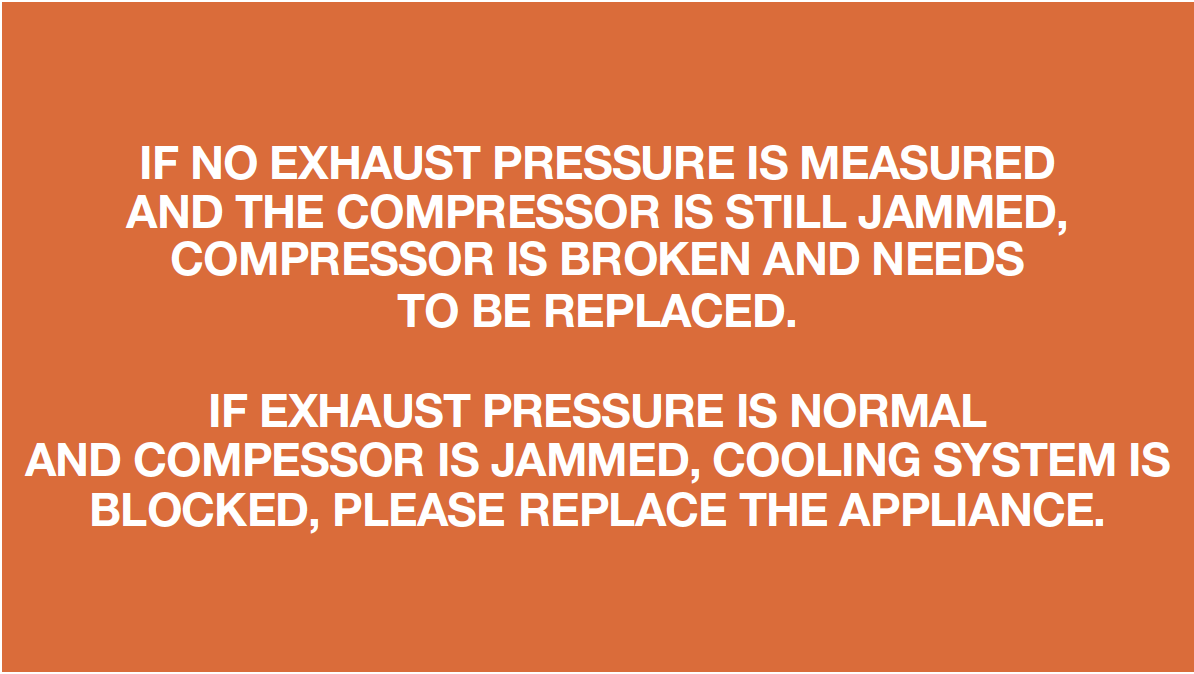
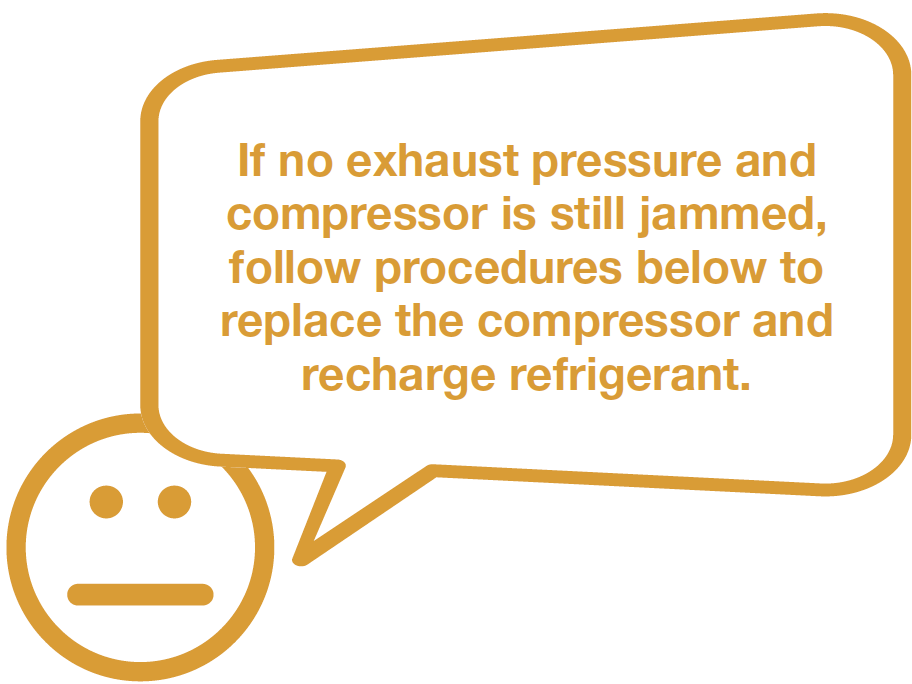
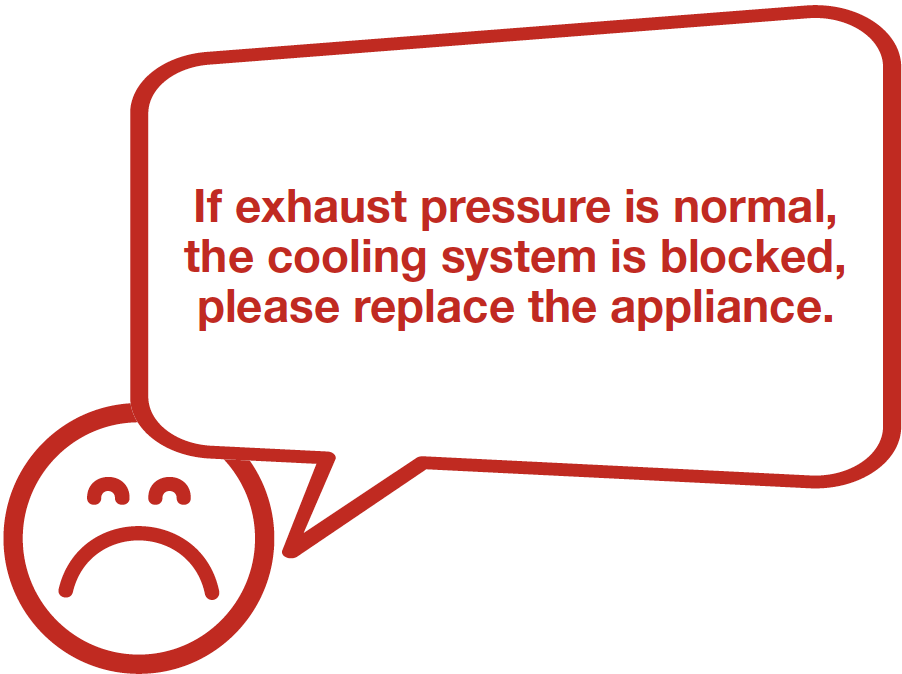

PROCEDURE 1
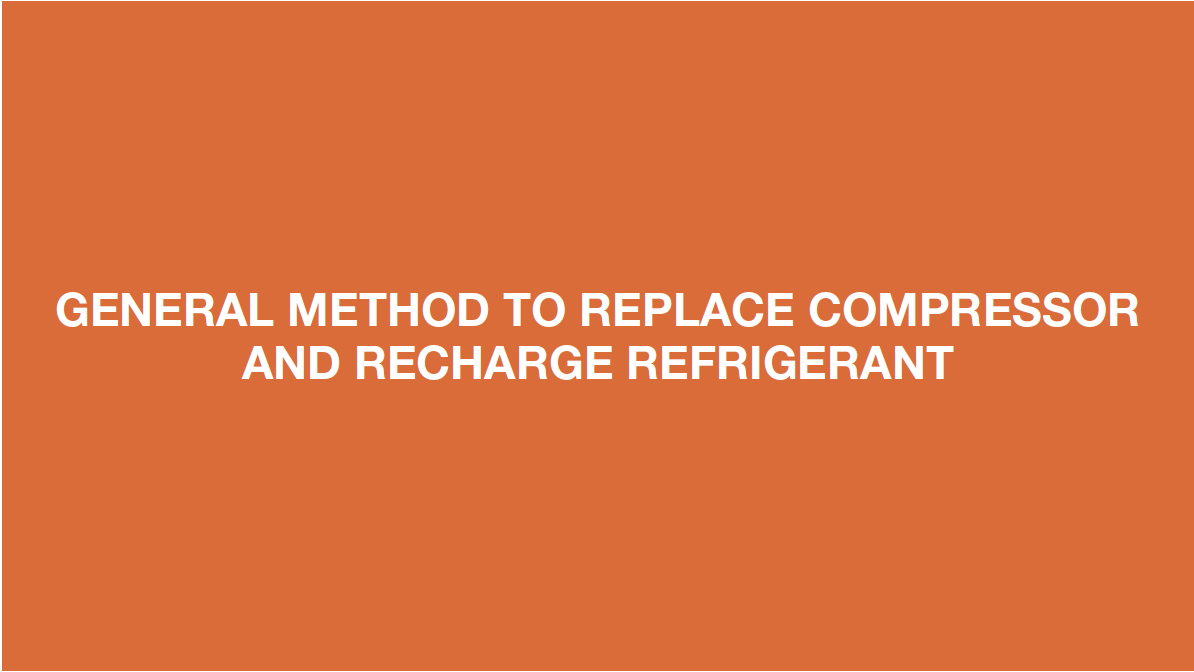
Step 1
Unscrew terminal cover.
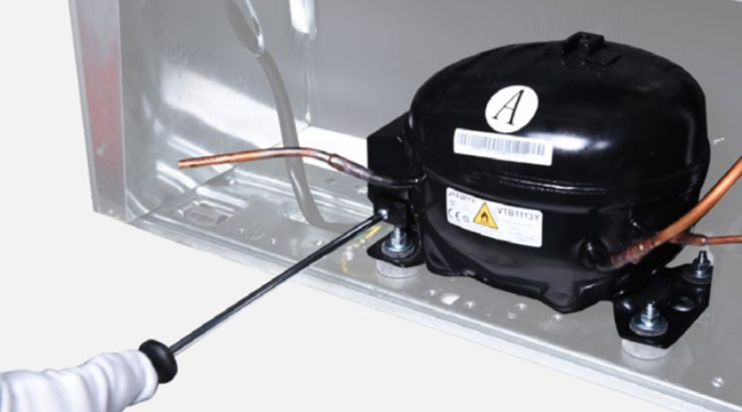
Step 2
Remove terminal cover.
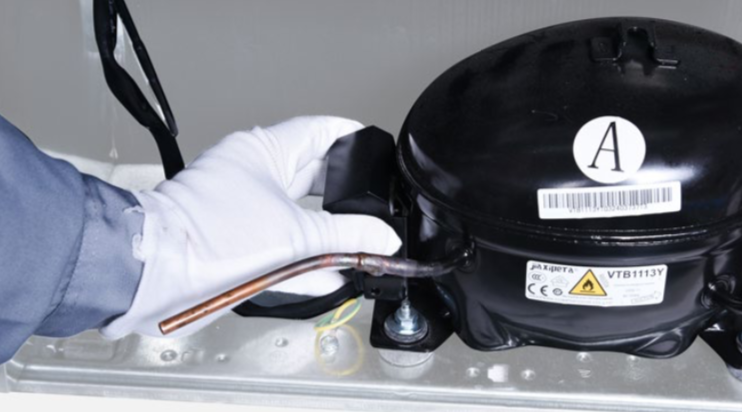
Step 3
Disconnect all terminals.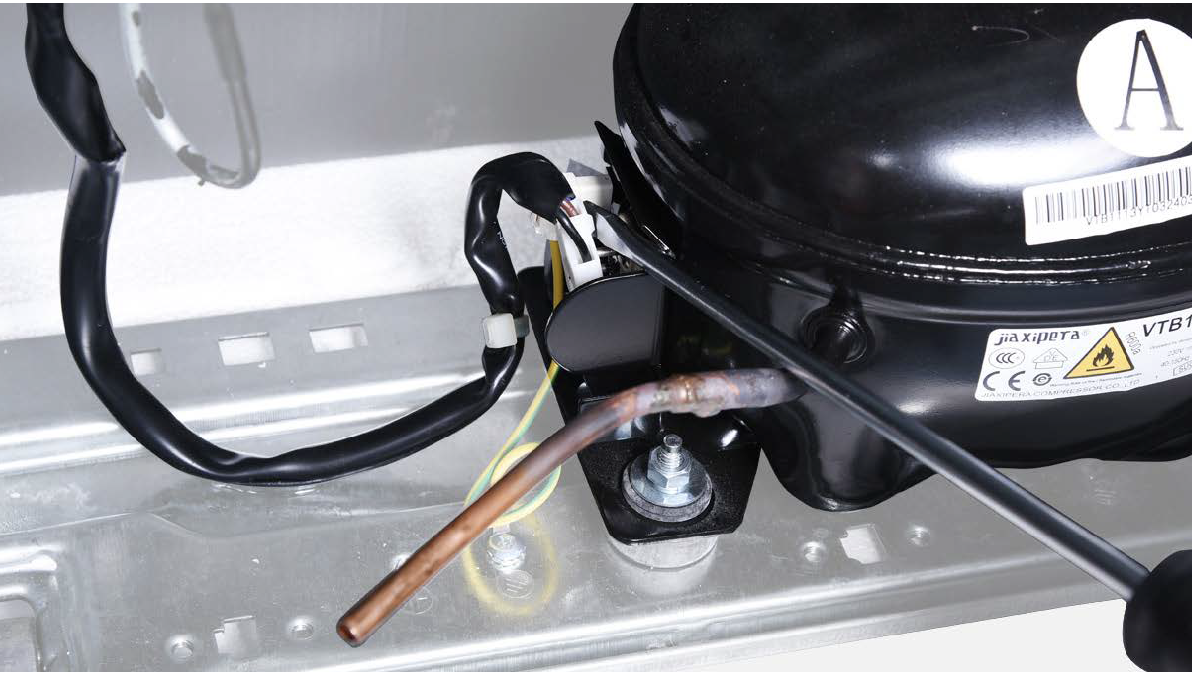
Step 4
Unscrew earthing wire.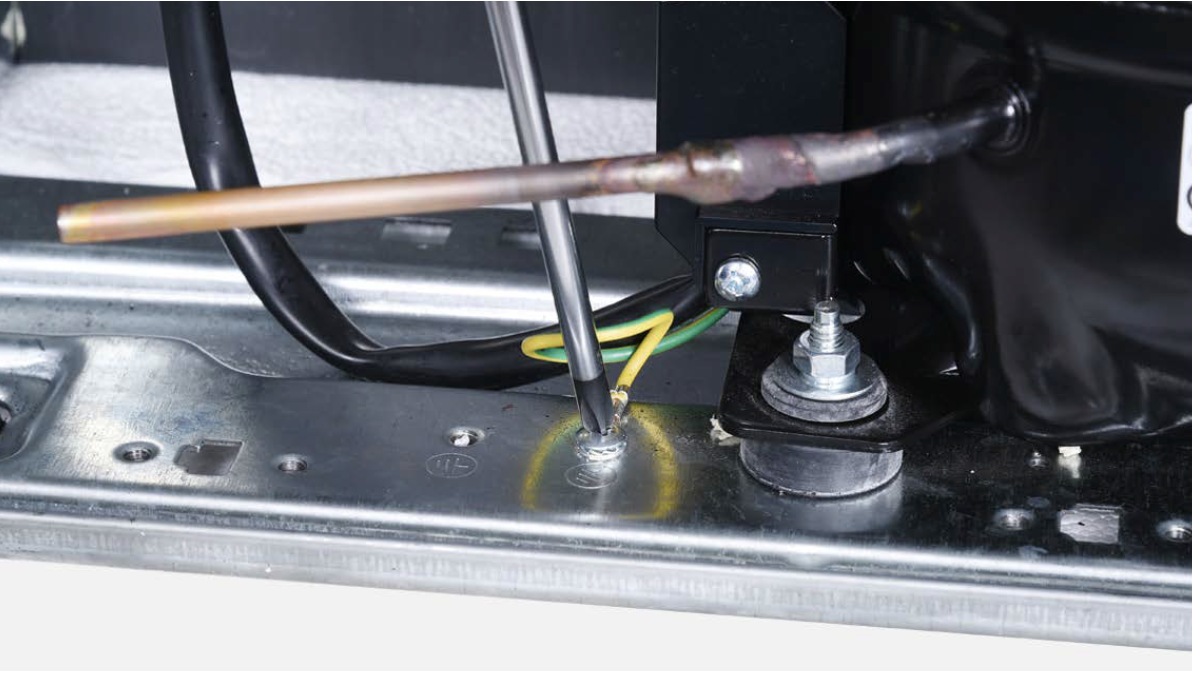
Step 5
Unscrew nut of compressor.
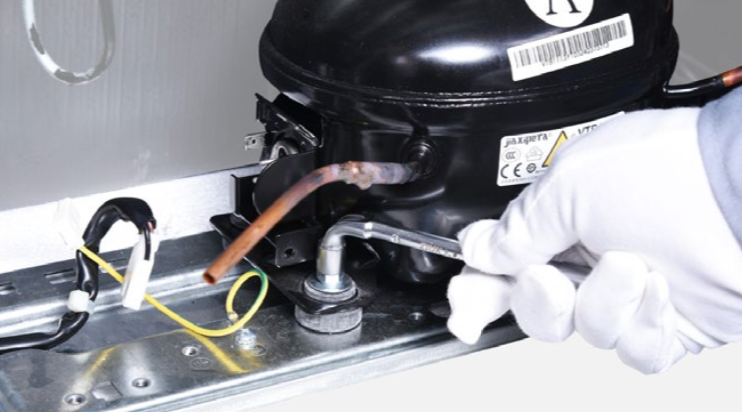
Step 6
Install a new compressor on top.
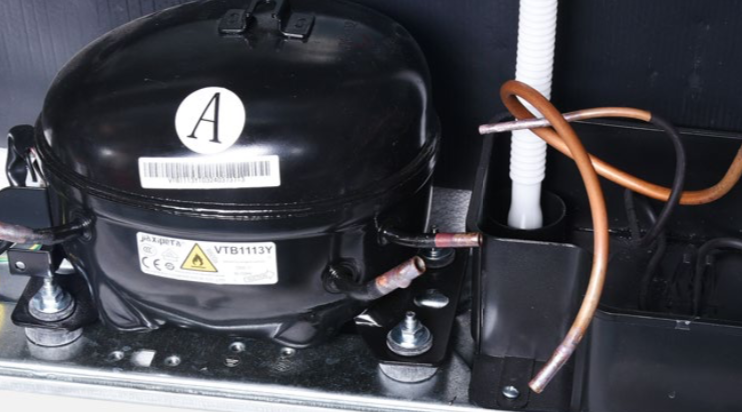
Step 7
Braze the joints of suction and exhasuting pipes.
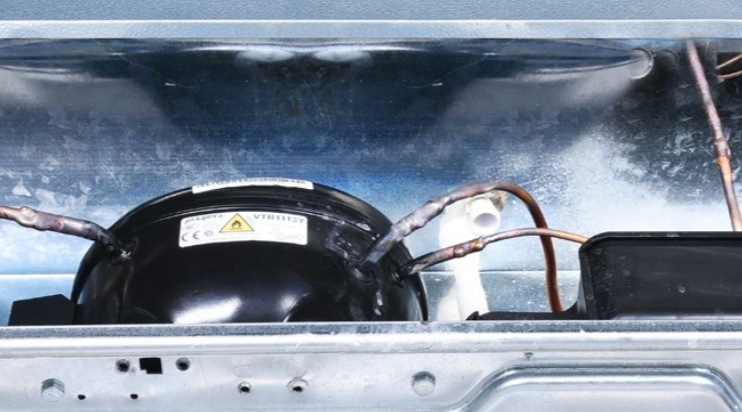
Step 8
Re-braze a copper tube onto processing tube of compressor.To get more details on
brazing requirements,
please go to Annex B1.
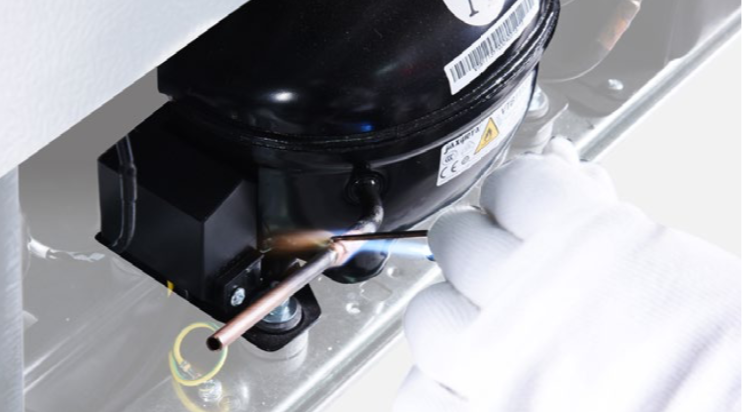
Note
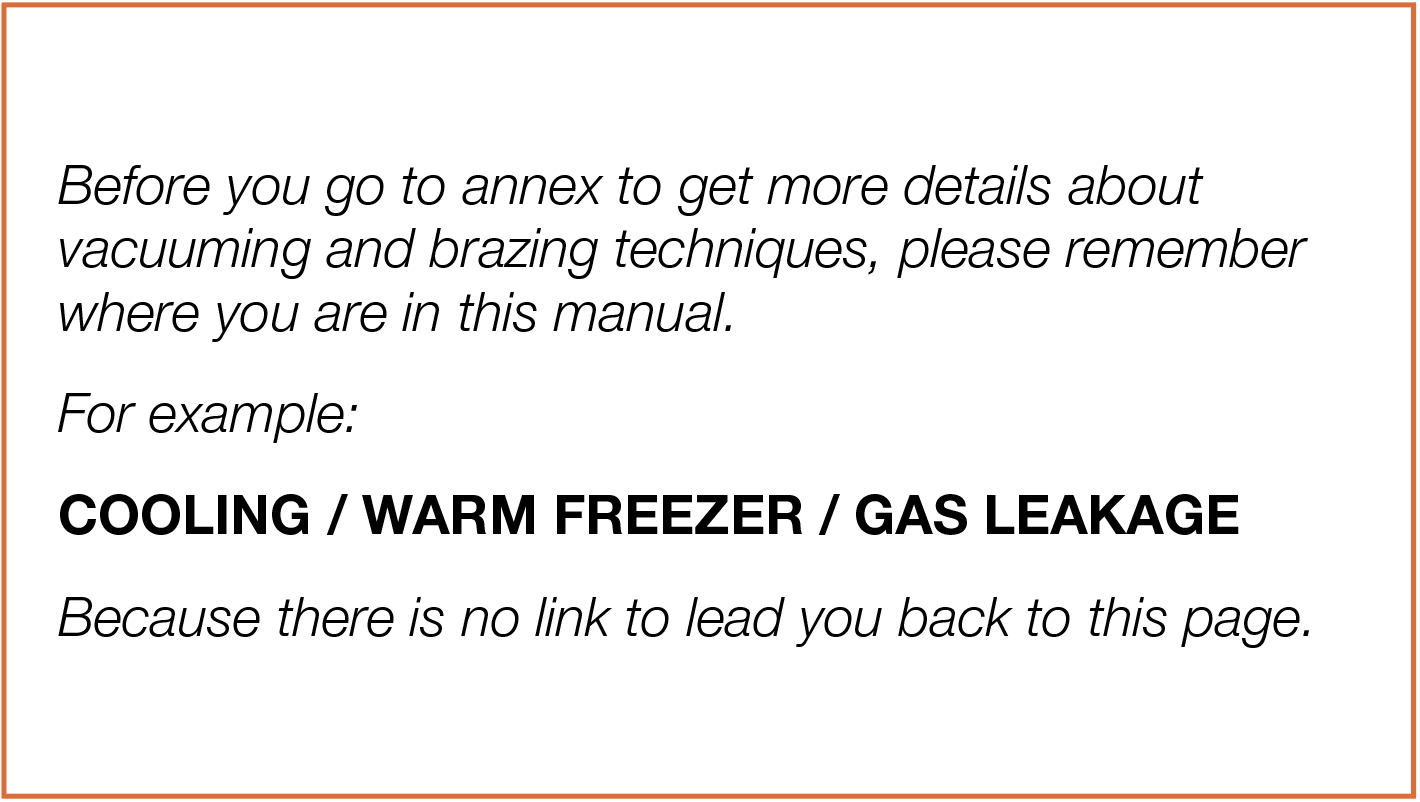
Step 9
Install quick connector onto re-brazed pipe.
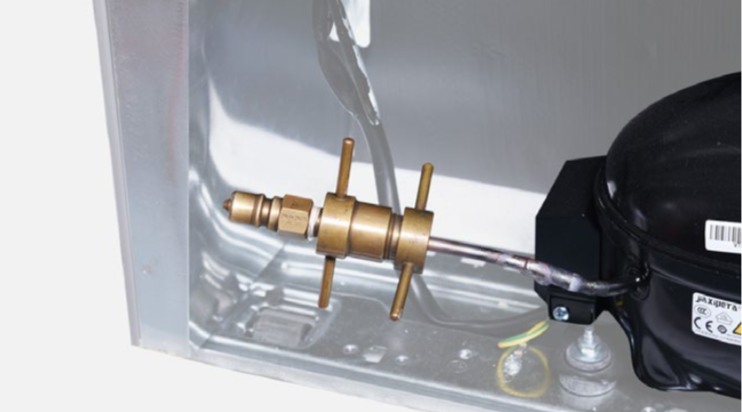
Step 10
Clean paint off of brazed joint of drying filter.
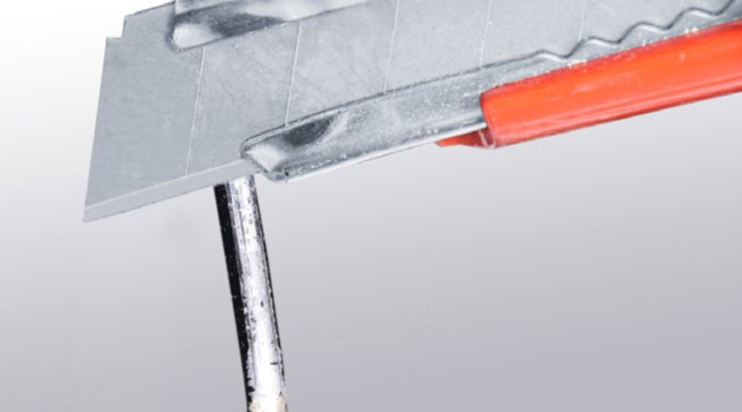
Step 11
Cut off the brazed joint of drying filter.
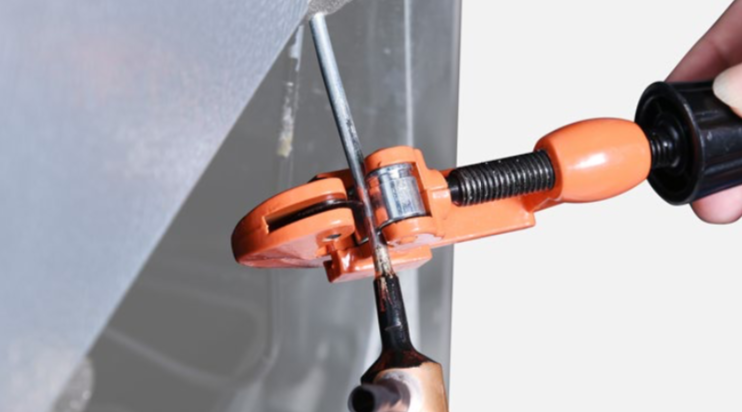
Step 12
Cut off capillary and remove the cut end by
shaking.
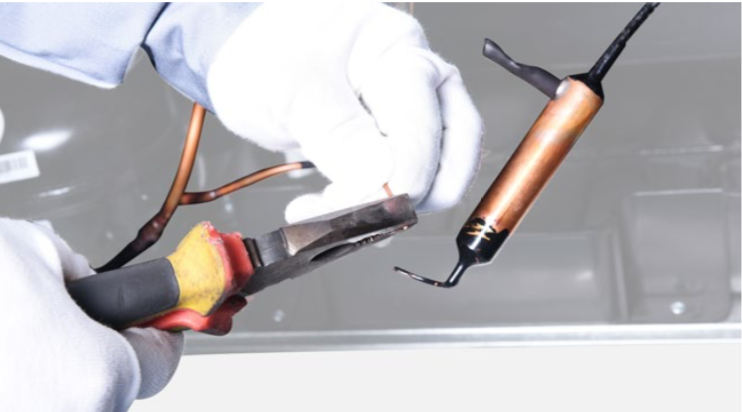
Step 13
Braze on a new drying-filter.
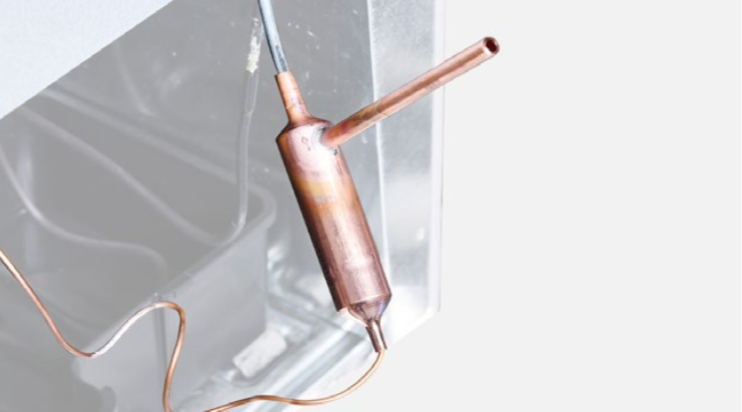
Step 14
Inject nitrogen (1.57Mpa)
through quick connector
into pipe for at least
3 min to blow left
refrigerant away.
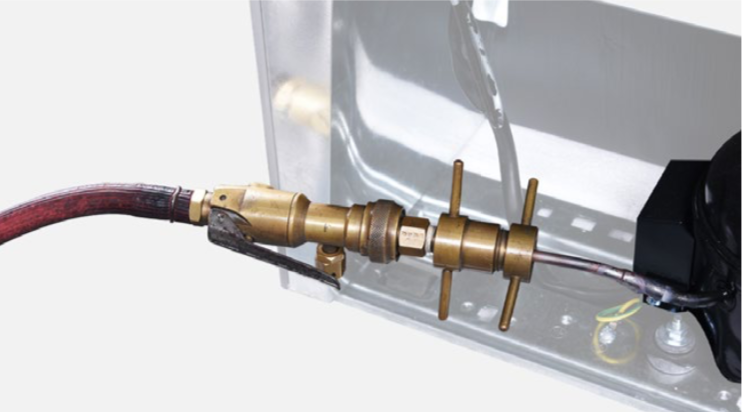
Step 15
Add quick connector onto processing pipe of drying-filter.
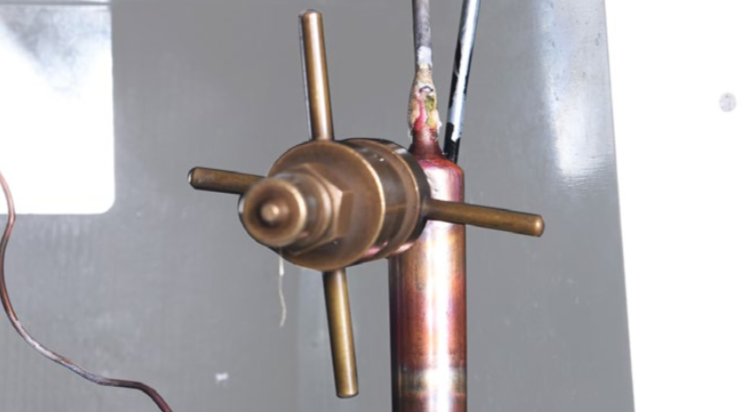
Step 16
Test for leaks on brazed joints of drying-filterand processing pipe on compressor.
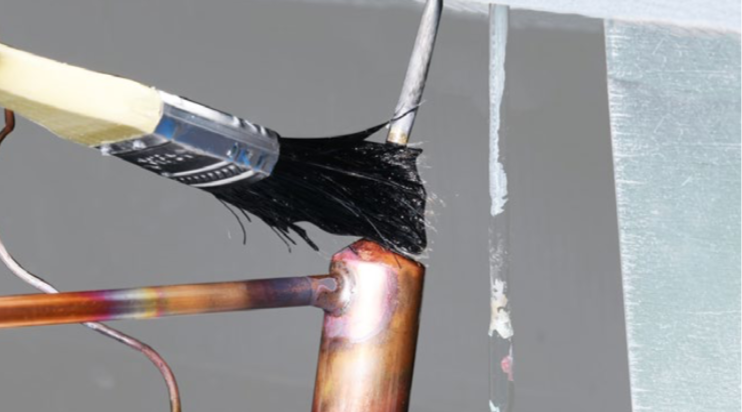
Step 17
Vacuum and recharge.
Click below link to get more details for vacuuming and gas- charging requirements, on Annex B2.
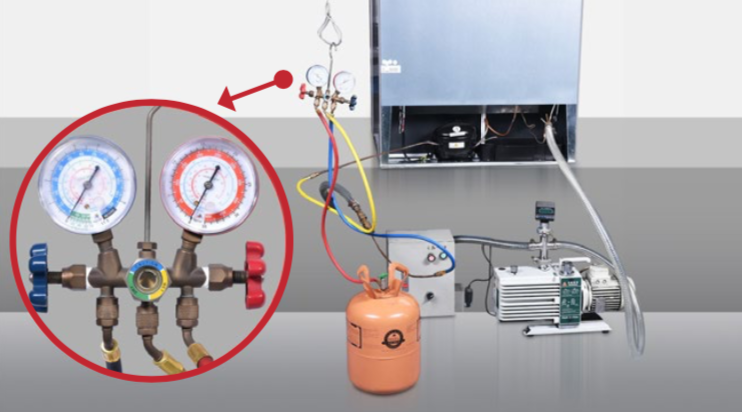
Step 18
Block processing pipe
twice with locking pliers.
Step 19
Leave locked pliers attached to second
block and shake to cut off the remaining pipe.

Step 20
Leave locking pliers on the second block and shake to cut off the rest of pipe. false
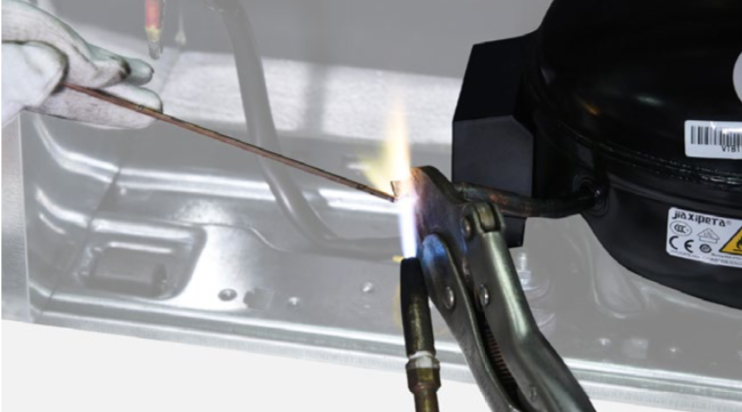
Note
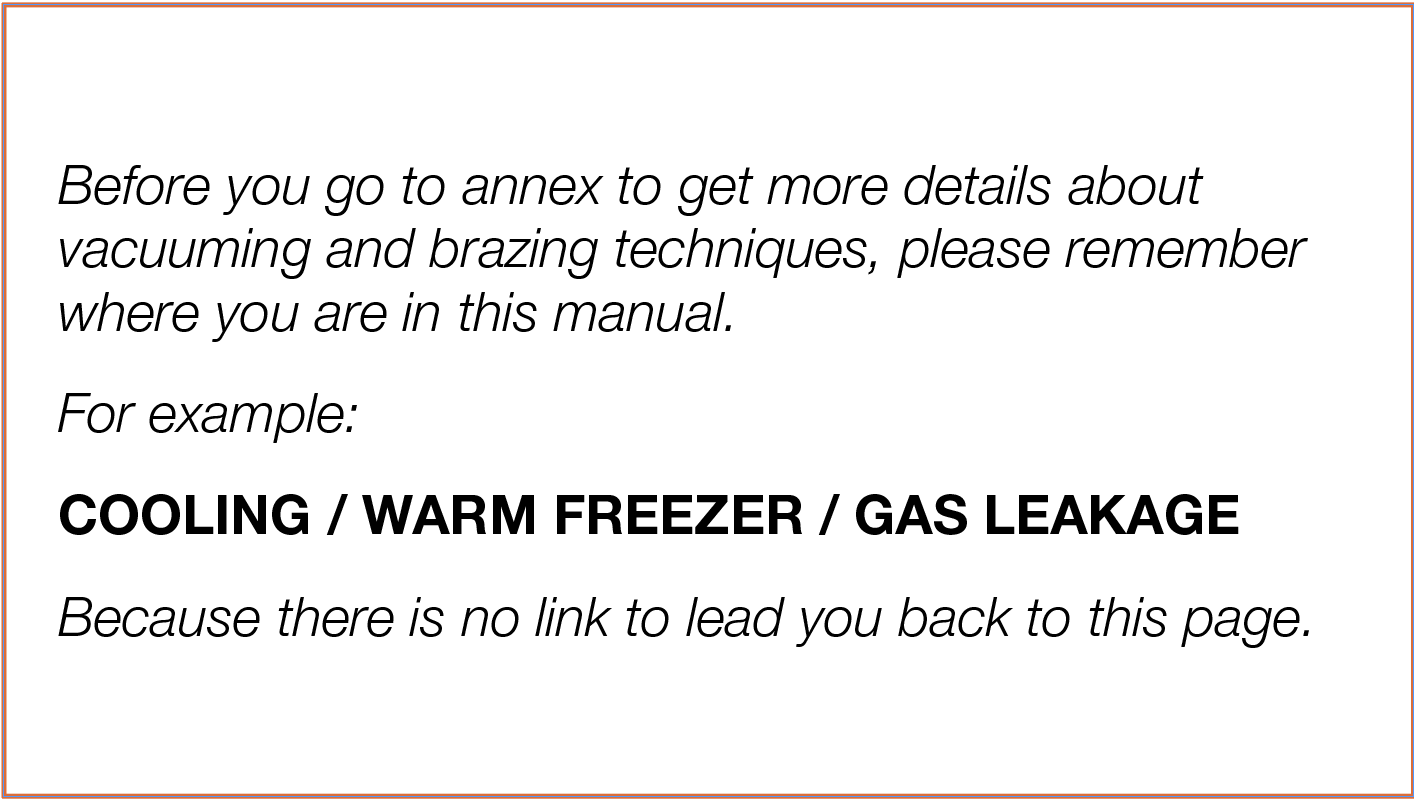
CHECK AND TEST 3
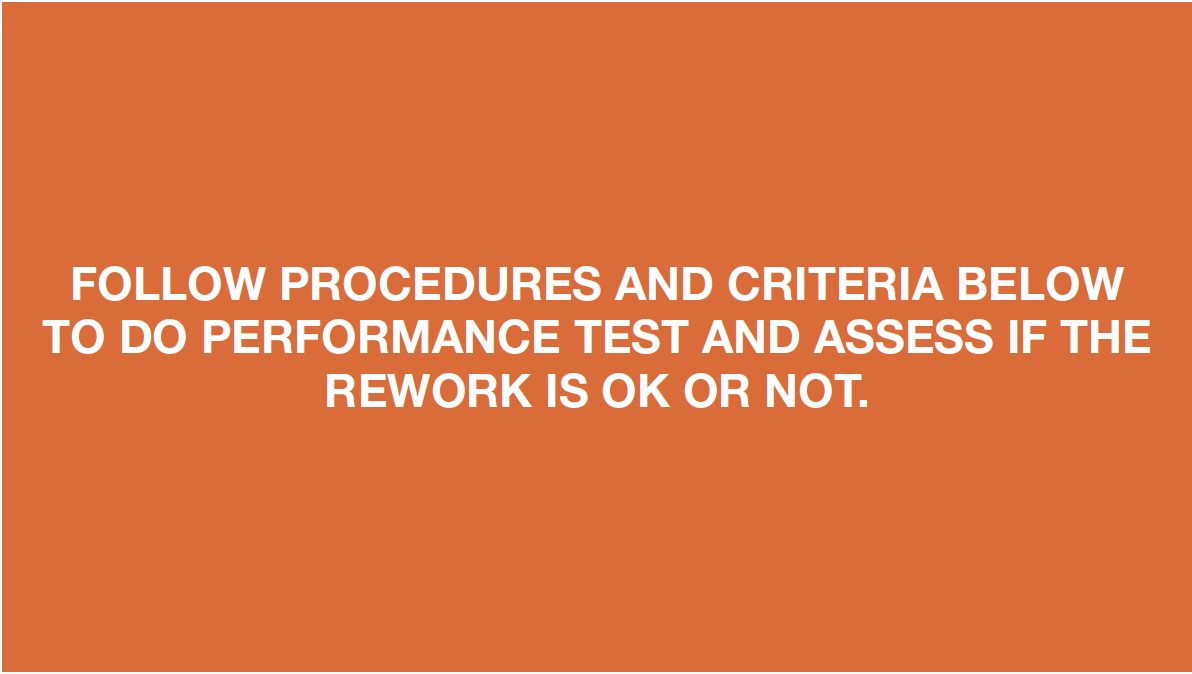
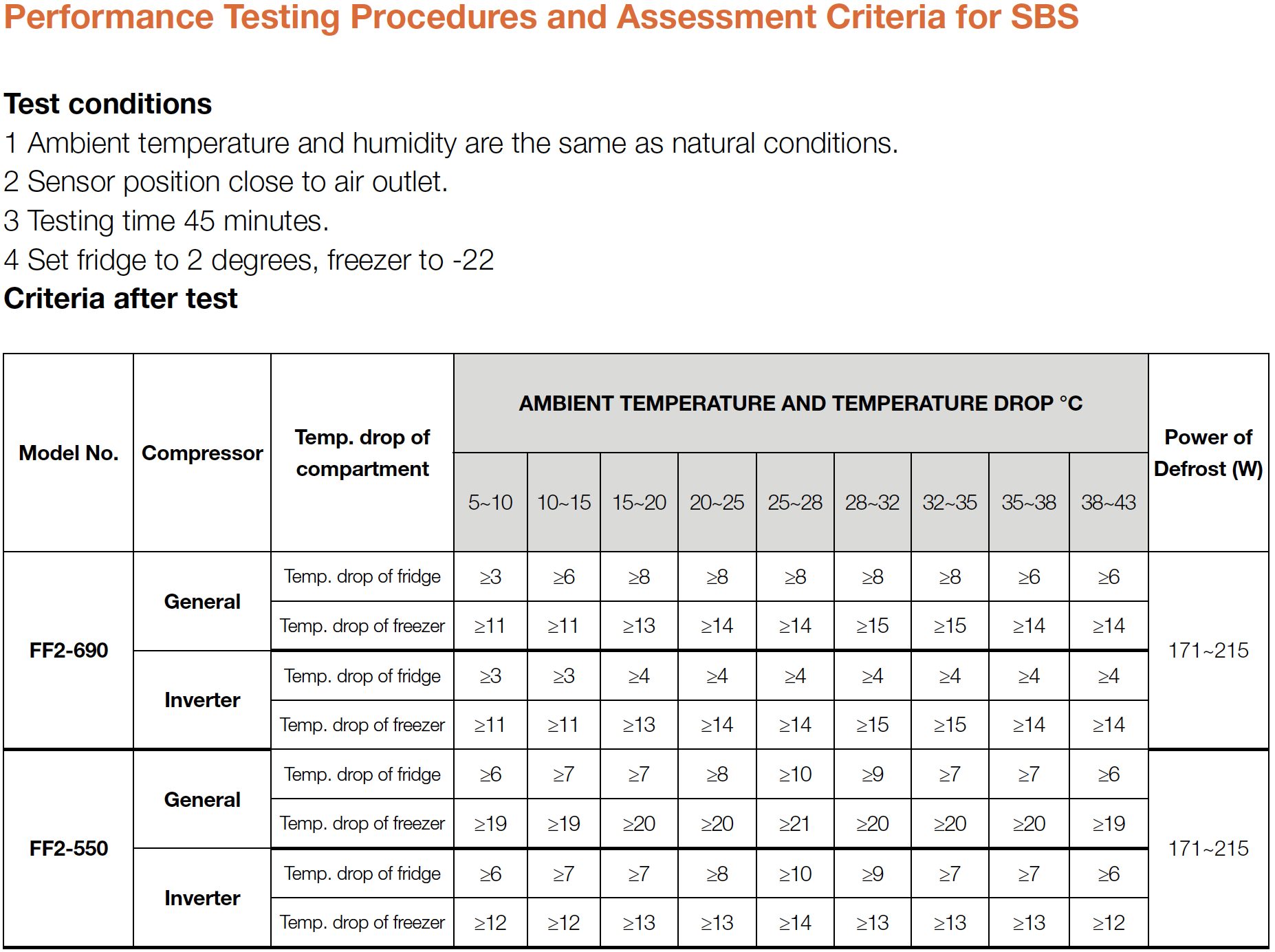

DIAGNOSIS 3


